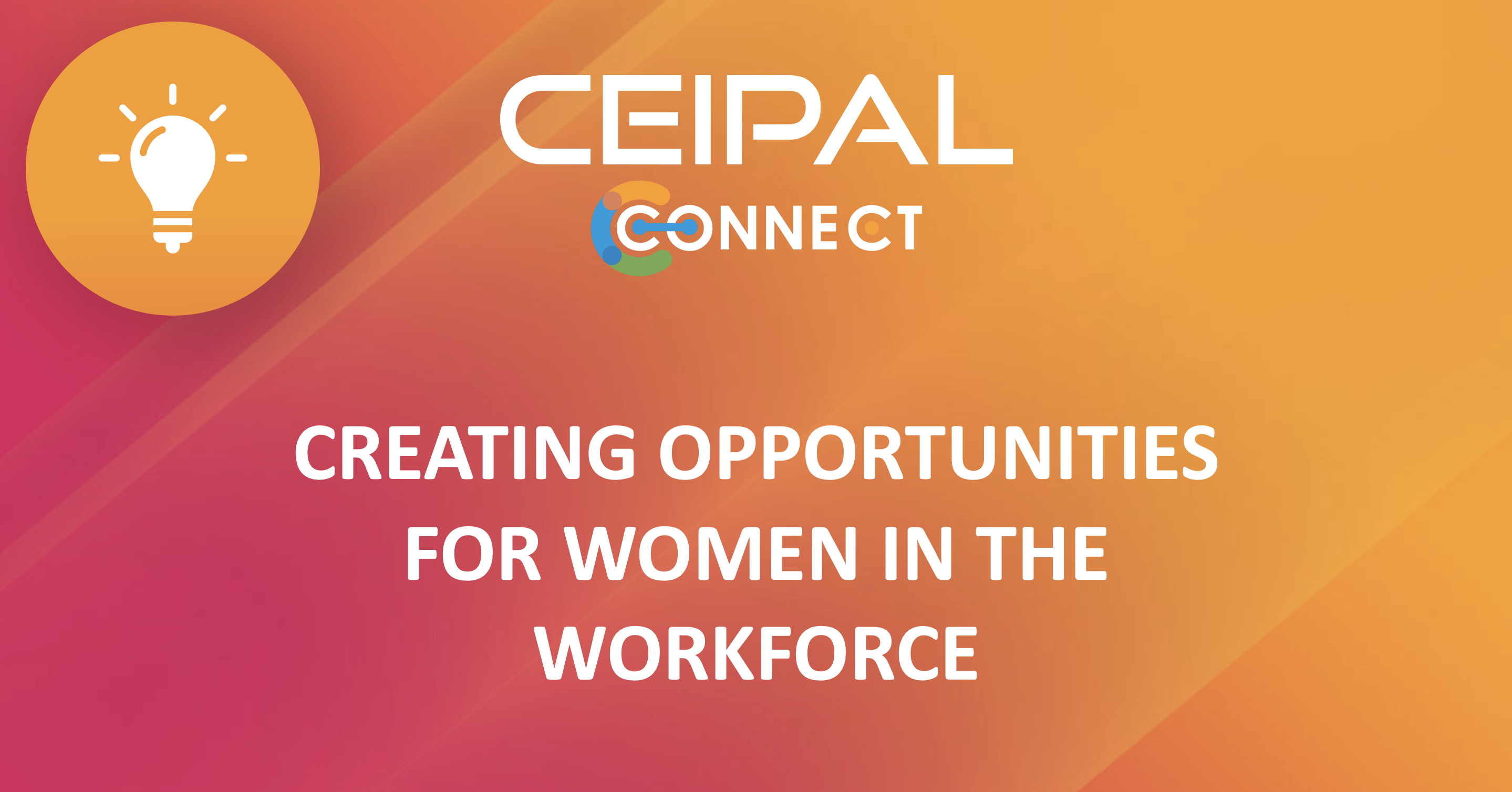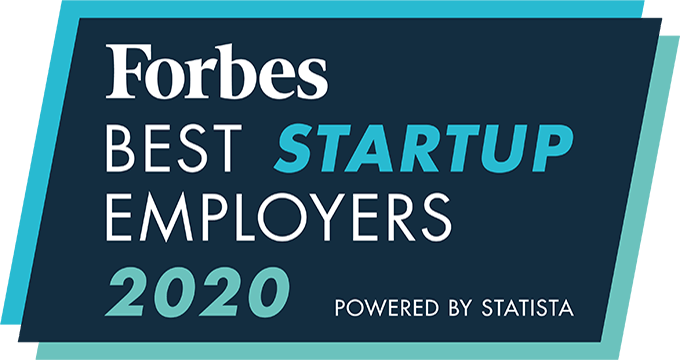In this panel, CEIPAL was joined by trailblazing women leaders to discuss how we can advocate and ally with women in the workforce today.
Watch the Replay
Moderator: Melissa L. St. Clair (VP, TIAA Financial Services)
Presenters: Preet Sohi (Founder & CEO, employHER Inc.); Sonu Ratra (Co-Founder, Akraya; Founder, Women Back to Work); Swathi Nelabhatla (CEO & Founder, SheJobs & LiveMindz)
In the past year, nearly 5.4 million women have left their jobs in the U.S. Although exacerbated by the impact of the pandemic, this mass exodus of women from the workforce is an ongoing problem in desperate need of innovative solutions.
It All Starts With Recognizing the Problem
The first step in solving any problem is to actually acknowledge that it is in fact a problem. Unfortunately, history shows us that many issues facing women often carry on unrecognized by the broader public conversation and, as a result, are not adequately addressed. Thankfully, our panelists are passionately dedicated to this issue and bringing it to the immediate attention of the public.
The truth is that women remain vastly underrepresented in the workforce in nearly all industries. In order to begin to solve this problem we need to recognize that it’s an internal problem as much as an external problem. And, as our panelists are quick to remind us, identifying a problem comes from a personal point of view as much as a corporate one.
How We Can Start to Get Women Back to Work
First of all, learn to be a champion for women and gender-diverse people in the workplace. From a staffing perspective, this means pitching a candidate as a person rather than a skillset typed out on a resume. Tell these women’s stories in creative ways that resonate with a potential employer. In certain cases, you should try to avoid sending a resume at all. When working with candidates, be truly empathetic. Understand what the person is going through and how you can help them.
One problem that should be emphasized is the perception of hiring managers, whose approach is often less personal and more analytical. Part of being a champion for women in the workforce is taking the time to educate employers about issues like inclusion and teaching empathetic approaches to hiring. Help employers understand the dynamic value of your candidates. Demonstrate their potential wherever possible.
There are also creative ways that companies can support women as they transition back into the workforce. Programs like Returnships or Return to Work programs are being implemented across the country for this purpose. Women Back to Work, for example, has over 100 programs currently running that aim to mentor women in their desired fields and help them plan a successful transition.
How to Measure Success Going Forward
It’s important to have an effective plan for measuring the success of these solutions in the long term. The first metric is the most obvious: When we start seeing the number of women in the workforce increase, we’ll know we’re on the right path.
But the goal is not simply to have more women working, but to have more opportunities for women to advance in the workplace, and to feel a genuine sense of inclusion in the process. This starts with employers understanding that diversity does not necessarily mean inclusion. Diversification will be unstable if the employees don’t truly feel welcome in the environment.
One way of gathering metrics on inclusion is to use engagement surveys, in which employees can express how they’re feeling at work. Do they feel included? Like they have equal opportunity for advancement? While we can always compare promotional opportunities by gender within an organization to see if women are advancing, we also want real evidence that women are truly feeling empowered in the workplace. Remember, make it personal. Be a champion.









